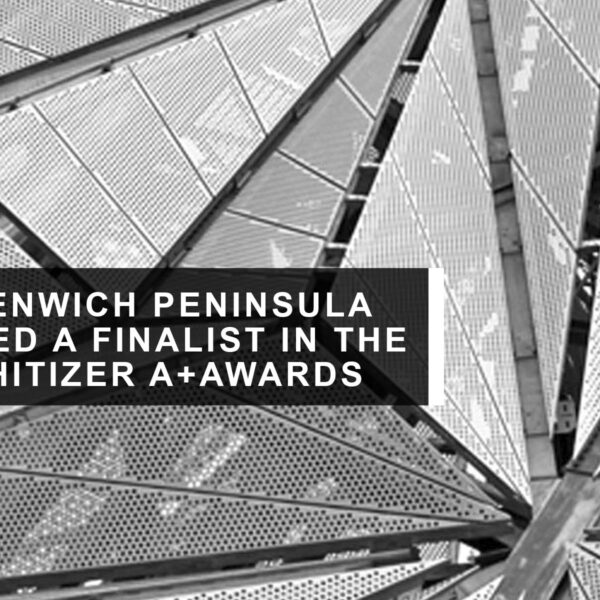Copper is one of the most popular materials in architecture of our time.
Considered a traditional construction material, we’ve been utilising the benefits of copper in our architecture for centuries, and over the past few decades, we’ve seen the use of copper expand into a much wider range of buildings, incorporating new styles, shapes and textures. Respected architects have caught on to the power of copper too; Frank Lloyd Wright has specified copper materials in almost all his projects, and Frank Gehry shows copper’s artistic side with his huge fish sculpture in Barcelona.
But when should you specify copper as a rainscreen cladding choice over other options? What makes it a better choice than aluminium, or zinc? And with both copper material and finishes available, which one is right for your project?
Here we examine the pros and cons of copper as a rainscreen cladding material and finish, and shed some light on whether it’s right for your design:
Copper as a material:
Pros:
+ Its properties make it perfect for architectural rainscreen cladding, and its durability and malleability mean it is extremely strong but versatile.
+ It has a completely unique aesthetic appearance, with a classic copper colour that over time, naturally forms into a greenish patina (think the Statue of Liberty!).
+ This patination process makes the material completely self-protecting, so there are low maintenance costs.
+ It is 99% recyclable, and during this recycling process, it only uses 15% of the energy it took to be originally manufactured, making it one of our more eco-friendly rainscreen cladding choices.
+ Like most copper alloys, it has antimicrobial properties, making it clean, safe and long lasting.
+ If you’re looking for a slightly different colour rainscreen panel, the patination process can be accelerated chemically to give you a variety of shades.
Cons:
– Though there is some scope for various shades of copper, there is a relatively small amount of finish and colour options for rainscreen cladding compared to a material like ACM (Aluminium Composite Material), meaning you are limited in terms of design.
– Copper is also compatible with fewer rainscreen cladding systems than other materials, and is only available for use with our Optima FC Secret Fix and TFC Through Fix Cassette rainscreen cladding systems. This means, if your project requires a more robust system like our XPC Extruded Plank, you may not be able to achieve this with copper.
Copper as a finish:
Using copper as a rainscreen cladding finish actually provides the same properties and benefits as using it as a material; it gives the same natural green patina, it’s extremely resistant to corrosion, and its recyclability and maintenance costs are the same.
However, one extra added benefit of choosing copper as a finish rather than a material is that there is a bigger choice in terms of rainscreen system availability – whereas copper material can only be used with our FC and TFC rainscreen cladding systems, a copper finish can be added to both of those as well as our IPC and Shingles systems. This gives architects much more freedom and means that a wider variety of projects can achieve a classic copper appearance.
Copper as a composite:
An alternative to using copper alone as a rainscreen cladding material, is by choosing a copper composite material (CCM).
Pros:
+ This allows you to combine that unique, natural, traditional beauty of copper with the flatness and formability of composite materials.
+ CCM is extremely lightweight, even more so than normal copper, allowing for easier installation.
+ There’s an even greater amount of design flexibility with CCM, meaning it can be moulded into extremely complex shapes.
+ The inherent strength of CCM and composite materials in general also means that they are much less likely to falter or break under stressful conditions than other metals.
Cons:
– The downfalls of CCM are similar to that of normal copper; there is no real range of finishes available, only the copper colour which develops into the green patina. However, if you’re specifying copper to achieve that very effect, then this isn’t necessarily a negative.
– As with normal copper, CCM is still only available with our FC and TFC rainscreen cladding systems.
Are you thinking of specifying copper for your next project?
Our learning zone and showroom is open to architects and installers alike, and gives you the opportunity to see our range of copper materials and finishes up close, as well as our other products.
If you’d like to find out more about copper and our range of rainscreen cladding, contact our technical team on 0191 587 9213 or email technical@sotech-optima.co.uk.




 No downloads in list yet.
No downloads in list yet.